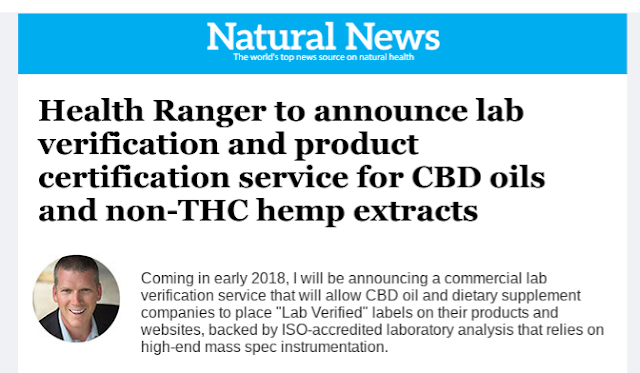Cannabis Cash Cow https://t.co/zR4mmwtnsS #CannaSafety that too many DO NOT realize.
— systembuster (@stlsystembuster) October 8, 2022
Helping or Harming
in the Cannabis world of Media Manipulation and Political maneuvering where it sure looks: Canna-Safety comes last on the list.
| It's a failure to not address Canna-Safety and it's no help the Politicians are creating a Harm Not Help industry; instead of a Help Not Harm- thriving CannaBiz circular economy. |
Supportive Laws and what should be the baseline S.O.P. procedures for all Cannabis Industry Guidelines, Rules, Regulations, and Talking Points.
One of the future Canna-Safety talking-point discussions needs to include: Cannabis plants ability to absorb toxins by phytoremediation.
Arthur proposes, to safely use Cannabis Sales for the $monetary$ cash cow it is becoming. With baseline: guidelines, rules, best growing practices, etc. The entire cannabis industry can easily be proactive vs reactive to known problems and by sharing truth.
It's plain to see the authors fears are justified when observing the actions around the fledgling industry by being an objective outsider (who is also working on a cannabis startup- MOhemp Energy) that monitors what so many of the Cannabis Industry Players, Federal- State- Local government agencies, the short-sighted Politicians, and other Canna players- and everyone else who is just greedily anticipating the future Millions of Dollars in income and The TaxMan scheme's the income generation that will be coming into their Bank accounts and political coffers.
Lack of Canna-Safety oversight, is basically- throwing everyone's Personal Health and Safety under the bus.
Unfortunately many of the unaware and uninformed cannabis consumers who may feel Cannabis is Mother Nature's gift to mankind. fail to realize the products they're using and the techniques used in the production of cannabis consumables are full of chemicals, toxins, and contaminants that are known hazards and detrimental to people's health. How is the Cannabis industry helping and not harming?
Recently 3 cannabiz gurus left clues in the article: How to Buy the Best Safe and Effective CBD Products
Hemp is a powerful phytoremediation crop, which means it cleans the soil. Stanley (It's also referred to as a bioaccumulator.)
- You'll want to ensure the hemp in your product is grown using responsible farming practices in soil that is pre-tested for toxins. Reeves emphasized this, saying the way hemp is grown is tantamount to its safety as a consumer product.
Look for CBD products made with American-grown hemp because they're generally safer than hemp grown overseas, Melany Dobson, chief administrative officer at Hudson Hemp advises.
Did you hear the Canary in the Cannabis Coal Mine?
It matters not whether by ignorance of what they're doing or whether these unscrupulous businesses are attempting to boost and peddle their wares to unsuspecting buyers…
It matters not whether by ignorance of what they're doing or whether these unscrupulous businesses are attempting to boost and peddle their wares to unsuspecting buyers…
while operating under the guise of Selling Medicine. These blatant actions of the greedy industry players who are only focused on financial gain is plainly obvious.
Authors opinion: The ignorance, lack of foresight, improper testing procedures, and botched research; should never jeopardize a cannabis consumers health.
The Cannabis Canary has been sounding off and attempting to alert everyone to the dangers that unscrupulous Canna-Industry Players who are focusing on capitalization and exploitation of cannabis.
The blessing and curse of Cannabis Plants Phytoremediation abilities |
In the 3 examples above it matters not to a cannabis plant where the toxins come from. A cannabis plant will naturally bioaccumulate and absorb both pollutants and helpful minerals from any soil, water, or air it comes in contact with. These under reported Cannabis Phytoremediation abilities are creating health risks to people who are consuming canna-products that are grown in environments that are full of toxic chemicals.
The blessing and curse of Cannabis Plants Phytoremediation abilities.
Toxins Contaminants or pesticides
Was the hemp grown in pesticide-soaked soil? Did it get into the product? Was the CBD extracted using solvents? Are they in the product? "Request batch testing [results] to make sure there's no issue of contaminants, toxins, heavy metals, etc.," says Stanley.
"Every company should not only have in-house testing but also verify through credible third-party laboratories that the product has the right concentration of CBD and is free from contaminants, residual solvents, and pesticides."
|
Save yourself: Don't let lack of Canna-Safety oversight, throw you under the bus and jeopardize your health.
Author shares additional phytoremediation tips and resources on the Hemp blog in addition to the Facebook Group Hemp Environmental Forum.















